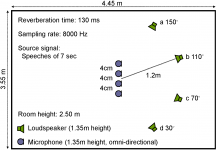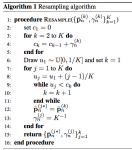17. Applications for speech and environmental sounds
Software resources Software for feature extraction Librosa is a Python package that includes acoustic feature calculation MIRtoolbox is a MATLAB toolbox for music information retrieval, but has functions for feature extraction that can also be used in speech analysis OpenSMILE is a C++ based feature extraction library Speech recognition tools Kaldi is…





